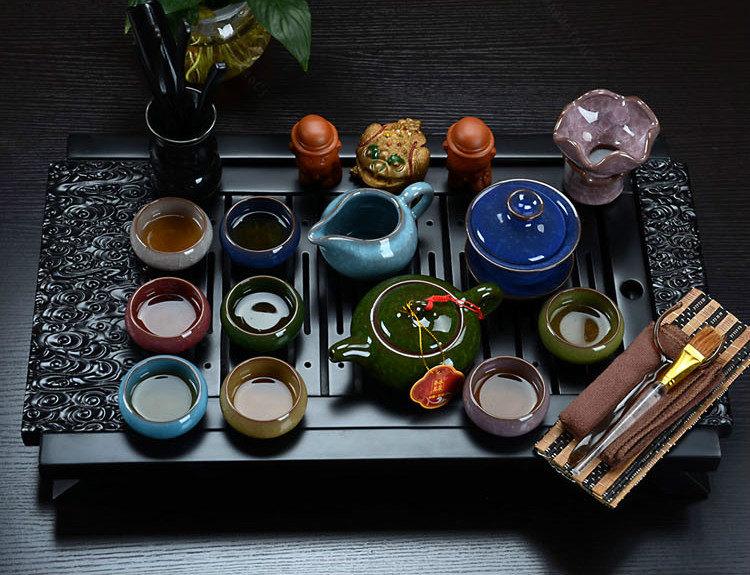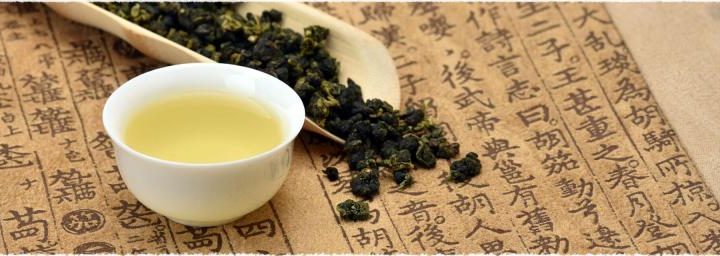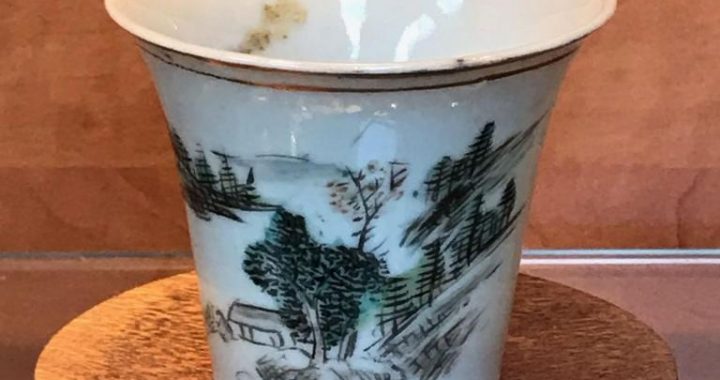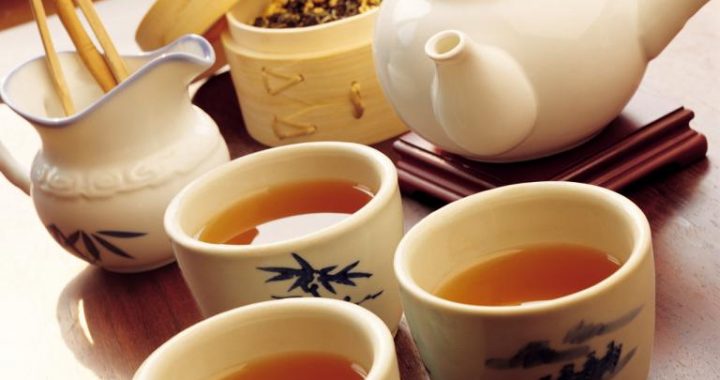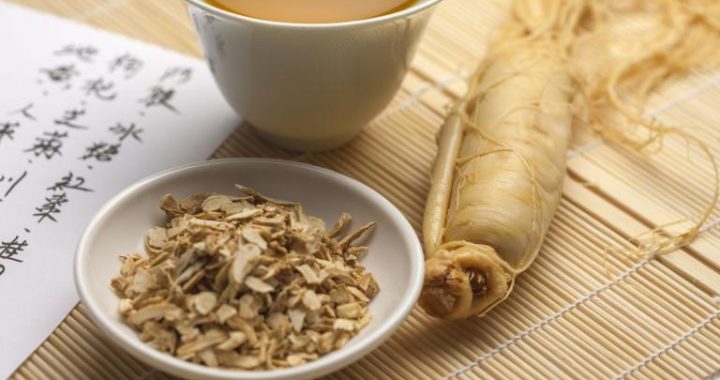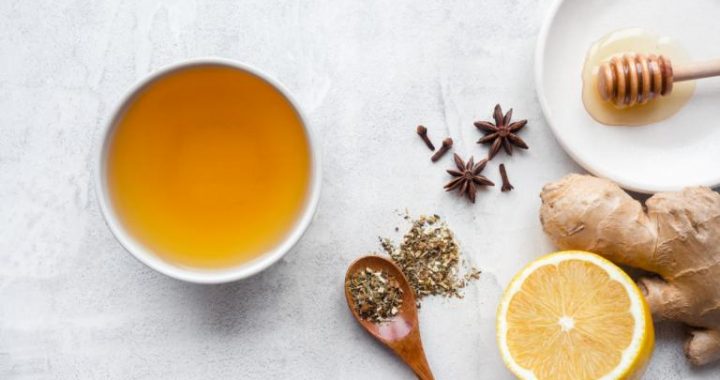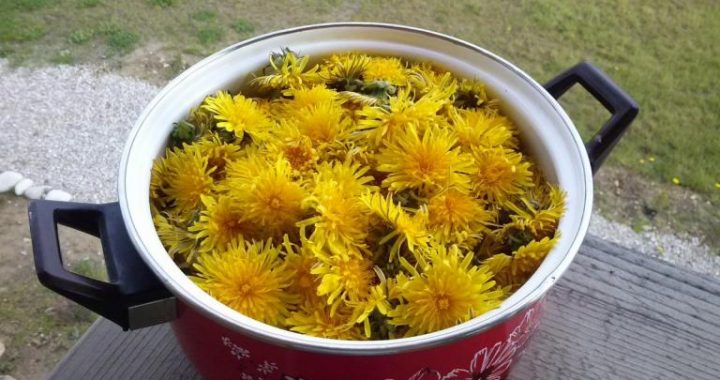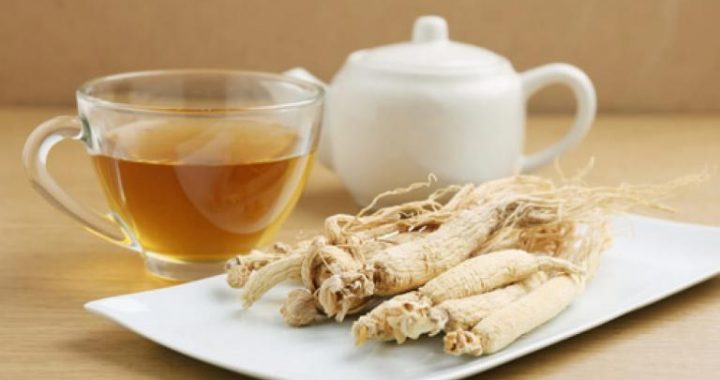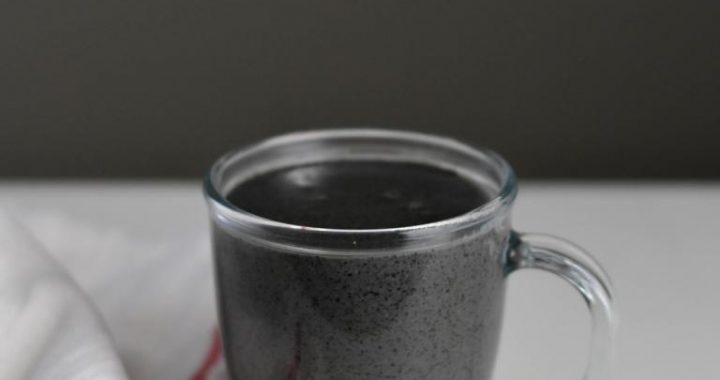Tea Culture in China
5 min readChinese tea was first chronicled in the Zhou Dynasty,when tea was used as tribute and enjoyed by the nobles.Since then,there has been no turning back for tea drinking in the Chinese civilization.In the Spring and Autumn Period,tea was used as vegetables.Some minority people today still keep the tradition of eating tea leaves.Tea was praised for its medical value during the Warring States Period.Later in the Han Dynasty,it became a main commodity.During the Three Kingdoms Period,simple processing of tea emerged.Tea leaves were pressed into balls,and then dried.When served,tea balls were crushed and mixed with green onion and ginger,and then boiled in teapots,marking the beginning of Chinese tea processing techniques.
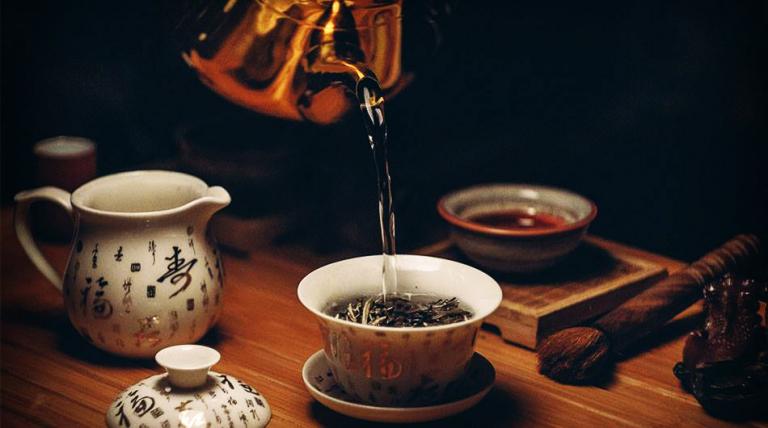
Chinese tea evolved from a palace treat to a common beverage during the Tang Dynasty.
Techniques in tea plantation and processing advanced at a great speed,creating many famous teas.People started to get serious about making tea.Specialized tea tools were used and tea books were published-including the most famous Classic of Tea by Lu Yu(733-804).The art of Chinese tea began to take shape.
Tea prospered in the Song Dynasty.Seasoning material faded out and the loose leaf tea started to take the center stage.From the Ming Dynasty onward,ball tea was abolished and loose tea leaf completely took over.After the Ming,numerous types of Chinese teas were introduced.
Teahouses and other tea drinking establishments were opening up all over China.
By the Mid-Tang Dynasty,tea had crossed the border.Later various activities concerning tea drinking spread to Japan,where the Japanese Tea Ceremony was created.In Japan,tea was elevated to an art form which requires years of dedicated study.Through the southern sea route,tea spread to countries such as Indonesia,India,and Sri Lanka.Tea was introduced to Europe in the 1600s and to England in 1669.Now coffee and other beverages are gaining more drinkers than ever,however,there are still many people who stick to the habit of drinking tea.
Classification of Tea
There are various ways of classifying tea,such as by its collecting time and production areas.Among the different classifying ways,the most popular one is to sort the tea based on the way it is made.Principally,there are Green Tea,Black Tea,Oolong Tea,White Tea,and Yellow Tea.
Green Tea,which keeps the original color of the tea leaves without fermentation during processing,is perhaps the most popular category in China.Green Tea has the greatest medical value and contains the least caffeine content of all classes of Chinese tea.Its aroma is from medium to high,and its flavor ranges from light to medium.Well-known green teas include Long Jing of West Lake,Hangzhou,Zhejiang Province;Mao Feng,produced at Huangshan Mountain in Anhui Province;and Biluo Chun produced in Wu County,Jiangsu Province.
Black Tea,which is fermented before baking,is a later variety developed on the basis of Green Tea.Having a robust taste with a mild aroma,Black Tea is widely welcomed by foreigners.It contains the highest amount of caffeine in Chinese tea classes and is believed to have the function of warming the stomach.The most famous black teas are Qi Hong,produced at Qimen,Anhui Province;Dian Hong of Yunnan Province;Su Hong of Jiangsu Province;Chuan Hong of Sichuan Province and Hu Hong of Hunan Province.
Oolong Tea,also spelt Wu Long,is somewhat halfway between Green Tea and Black Tea,because it is half-fermented.Oolong Tea,such as Iron Guanyin,is the chosen tea for the famous Kungfu Tea brewing process.Though its aroma ranges from light to medium,Oolong Tea tastes very strong.It is mainly produced in China’s southeast coastal provinces,such as Fujian,Guangdong and Taiwan.
White Tea,containing a very low caffeine content,is sometimes considered a subclass of Green Tea.It gets its name from the white down on the leaf buds.Yellow Tea has yellow leaves and a yellow tea color.It is an uncommon class with mild and refreshing flavor.
In addition to the above classification,Scented Tea is popular in northern China.It is a mixture of a base tea,for example,a green,black,or oolong,with flower petals or blossoms,herbs,or even sliced fruit or fruit peel.The flavor ranges from light to medium,and the aroma from medium to strong.There are flavors such as jasmine,orchid and plum,among which jasmine tea is the most common.
Compressed Tea is also popular,which usually uses Black Tea as its base.It is steamed and compressed into bricks,cakes,columns,and other shapes.Compressed Tea has all the characteristics of Black Tea and can be stored for years.Aged Compressed Tea has a tame flavor that its buyers will pay high price for.
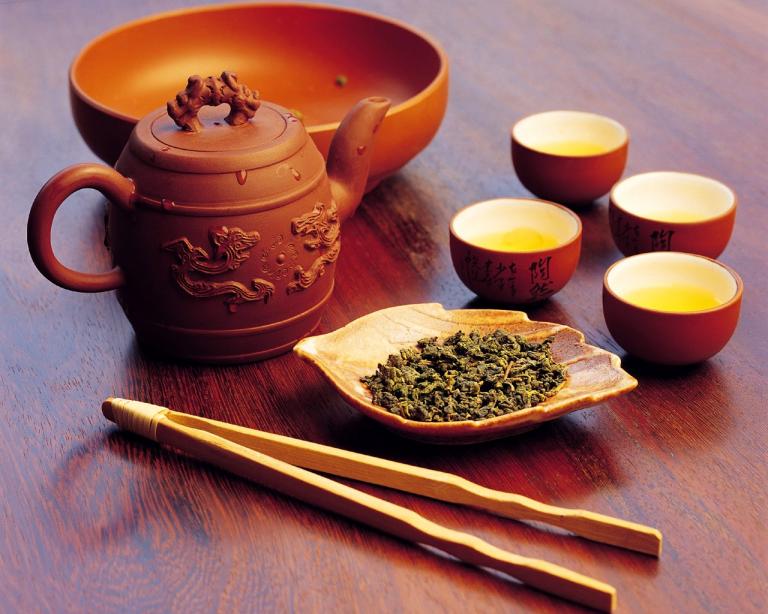
Teawares
In China,people prefer different teawares when drinking different types of teas,bringing out the optimal taste of the tea.Green tea goes with white porcelain,celadon,or uncovered glass teaware.Black Tea goes well with purple-clay teaware or porcelain teaware.Oolong Tea performs best in purple-clay teaware,while Scented Tea in porcelain ware.Teawares not only improve tea quality but have also produced a tea art.
Teawares mainly consist of teapots,cups,tea bowls and trays.In the following passages we will focus on the most essential teawares,tea cup and pot.Teawares have been used for a long time in China.In ancient times,people didn’t make a clear distinction between wares used for tea and those for other purposes.During the Qin and Han Dynasties,teawares became distinct from other wares.Tea drinking became more popular in the Tang Dynasty.Metal wares were served for the noble,while the ordinary civilians commonly used earth wares,among which white glazed and green glazed porcelains were the most popular ones.In the Song Dynasty,tea bowls like upturned bells became common.
They were glazed in black,dark-brown,gray,and white colors.Gray/white porcelain teawares predominated in the Yuan Dynasty and white glazed teawares became popular in the Ming Dynasty.Teapots made of porcelain and purple-clay were very much in vogue in the middle of the Ming Dynasty.Gilded Multicolored Porcelain produced in Guangzhou,Guangdong Province and the Bodiless Lacquerware of Fuzhou,Fujian Province emerged in the Qing Dynasty.Among various kinds of teawares,Porcelain Teaware made in Jingdezhen,Jiangxi Province and Purple-clay Teaware made in Yixing,Jiangsu Province top the charts.In the past,there were also teawares made of jade,crystal,and agate,but they did not play an important role in the evolution of teawares because they were expensive,hard to make and of little practical value.
They were mainly regarded as a luxury,boasting of the owner’s wealth.Nowadays,teawares made of purple-clay,porcelain,glass,lacquer and other materials are available,and metal teawares are fading out of history.
In Dream of the Red Chamber,Miaoyu once makes the following famous comment on tea drinking,“First cup is the‘taste’cup;the second the stupid-thing for-quenching one’s-thirst,’and the third‘the drink-mule’cup.” Though this is not completely true,it reveals,to some degree,people’s preference for tea and teawares.
